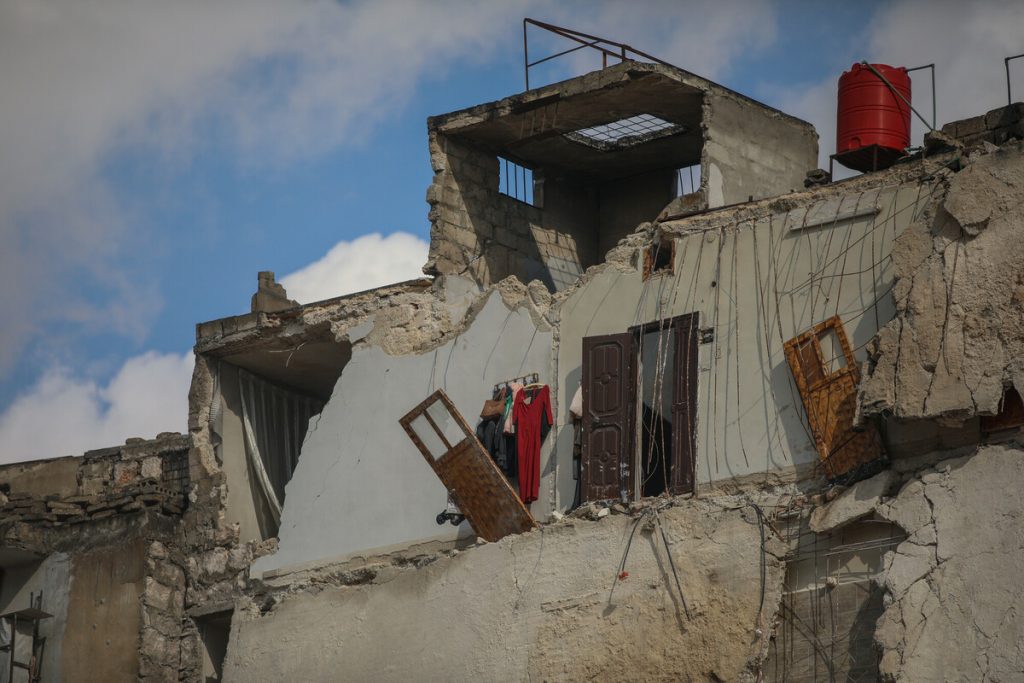South Sudanese refugees in Ethiopia
South Sudanese refugees in Ethiopia
By Ann Witteveen
In the last six months two new towns have emerged in the vast and beautiful plains of Western Ethiopia, in Gambella region.
They aren’t towns, of course, but they have most of the elements; water, orderly home-lined streets, a sewage system, schools and churches. Even a playground or two.
Almost 100,000 people call Kule and Tirkedi Regugee camps ‘home’ at least for the time being, having fled their real homes in South Sudan when the fighting made life too dangerous.
Many spent days walking once the violence started in late December 2013. They then spent weeks in an over-crowded reception centre as the new camps were built. It was hectic and miserable and many children became very malnourished. Since the conflict began, a total of 191,944 people (UNHCR figures for January 15th) have come to live in camps in Gambella: Tierkidi, Kule and Leitchour.
Refugee camps are strange places with people living in limbo. Refugees are not immigrants to a new country. They are instead ‘sheltered’ with their basic needs addressed (to at least a certain extent) but never really settling, despite the fact that some camps remain for years or even decades.
When I was in Gambella to monitor Oxfam’s humanitarian response for two weeks in mid-January 2015, everyone I spoke with said they wanted to go back home and would do so as soon as it was safe. In the meantime, Oxfam and other agencies, and the refugees themselves, try to make the camps as liveable as possible.
Most now have houses instead of tents and household toilets will be a big improvement over communal latrines shared with 20 neighbours. And despite having to dig their own 2.5 metre hole in the rocky ground with only basic tools, the refugees were keen, asking Oxfam staff for extra tools so they could get started.
Women and children are the biggest population group in the camp; most of the men opting to take their chances in South Sudan, trying their best to keep their cattle herds out of harm’s way and protect other family assets.
Women do their best to care for their families. But it’s not easy. Food is provided, but as 50 kilogram sacks of sorghum kernels that must be ground into flour before it can be cooked.
Cooking is on a fire, so before they can prepare a meal, women must walk into the nearby bushes to gather and chop wood.
Water is found at communal tap stands where women wait in a queue to collect it in 20 litre jerry cans.
Young children go to a rudimentary school, but there isn’t much to do for teenagers or the few men that are around – and lots to tempt them into trouble, such as a widely available home brew. Alcohol abuse and drunkenness is a big problem in the camp and is linked to reports of increased domestic violence.
For now, these proud Nuer people are stuck in their ‘home’ here in Ethiopia. There are positive signs emerging from peace talks so hopefully they can return to their own land soon – and not join the legions of semi-permanent refugees in different corners of the planet.
Ann Witteveen is Oxfam Canada’s Humanitarian Manager. Ann was in Gambella to monitor Oxfam’s humanitarian response for two weeks in mid-January 2015
Learn more about the crisis in South Sudan and what Oxfam is doing to help
Woman digging a new latrine. Photo: Ann Witteveen, Oxfam Canada, January 2015
South Sudanese refugees who work as hygiene promoters demonstrate safe hand washing through song. Video: Ann Witteveen, January 2015

